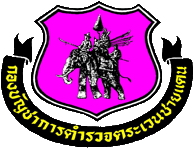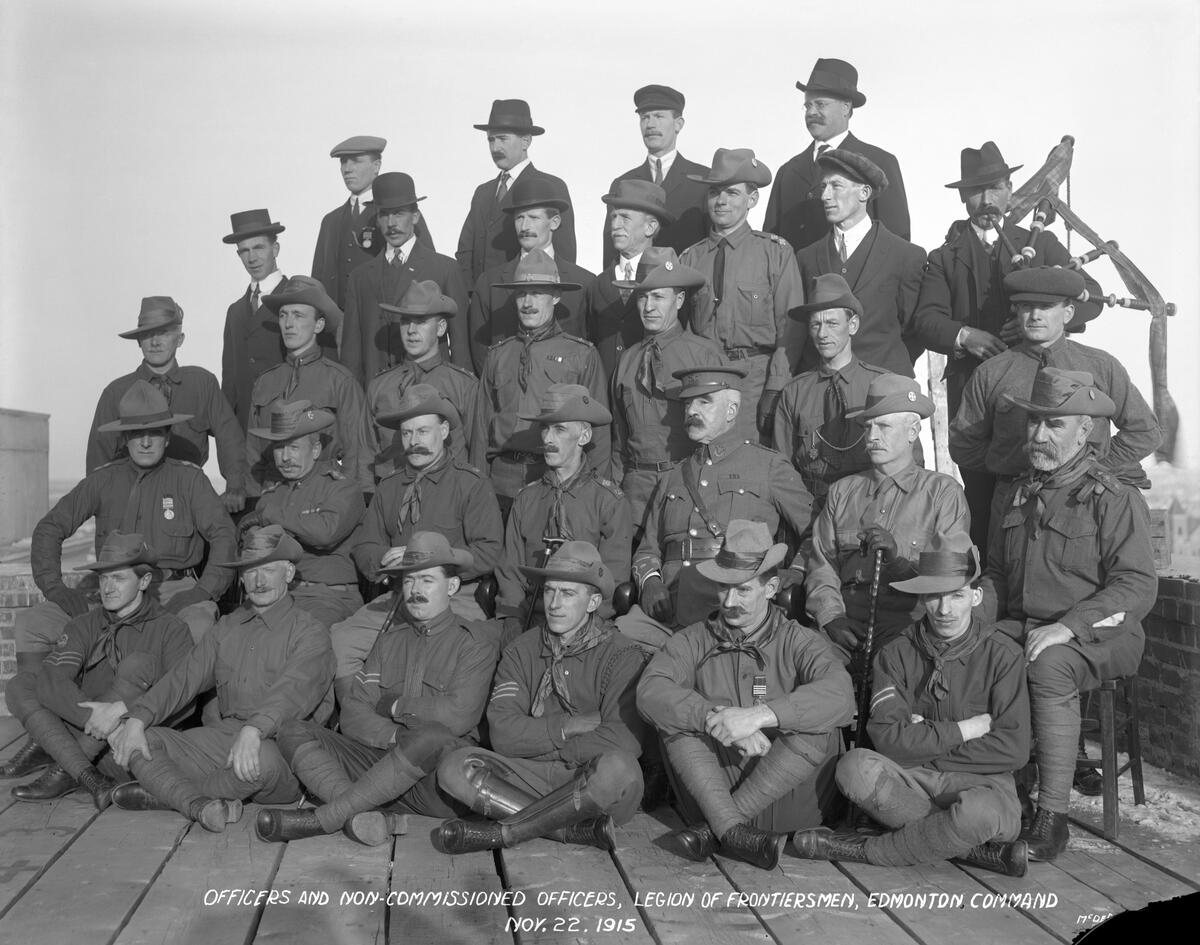|
1964 Laotian Coups
The 1964 Laotian coups were two attempted coup d'etats against the Royal Lao Government. The 18 April 1964 coup was notable for being committed by the policemen of the Directorate of National Coordination. Although successful, it was overturned five days later by U.S. Ambassador Leonard Unger. In its wake, Neutralist Prime Minister Souvanna Phouma forged a fragile coalition with the Pathet Lao communists. On 4 August 1964, Defense Minister Phoumi Nosavan attempted to take over Vientiane with a training battalion. This coup was quickly crushed by the local Royal Lao Army troops, as the police sat out the conflict. The Pathet Lao left the coalition and repudiated Souvanna Phouma. Perforce he was driven to cooperate with the rightist Royalist politicians and military officers. None of the events affected the North Vietnamese usage of the Ho Chi Minh Trail to send troops into battle in South Vietnam. Overview The United States began bankrolling France's First Indochina War in 1950. ... [...More Info...] [...Related Items...] OR: [Wikipedia] [Google] [Baidu] |
Laotian Civil War
The Laotian Civil War (1959–1975) was a civil war in Laos which was waged between the Communist Pathet Lao and the Royal Lao Government from 23 May 1959 to 2 December 1975. It is associated with the Cambodian Civil War and the Vietnam War, with both sides receiving heavy external support in a proxy war between the global Cold War superpowers. It is called the Secret War among the American CIA Special Activities Center, and Hmong and Mien veterans of the conflict. The Kingdom of Laos was a covert theater for other belligerents during the Vietnam War. The Franco–Lao Treaty of Amity and Association (signed 22 October 1953) transferred remaining French powers to the Royal Lao Government (except control of military affairs), establishing Laos as an independent member of the French Union. However, this government did not include representatives from the Lao Issara anti-colonial armed nationalist movement. The following years were marked by a rivalry between the neutralists ... [...More Info...] [...Related Items...] OR: [Wikipedia] [Google] [Baidu] |
First Indochina War
The First Indochina War (generally known as the Indochina War in France, and as the Anti-French Resistance War in Vietnam) began in French Indochina from 19 December 1946 to 20 July 1954 between France and Việt Minh (Democratic Republic of Vietnam), and their respective allies. Việt Minh was led by Võ Nguyên Giáp and Hồ Chí Minh. Most of the fighting took place in Tonkin in Northern Vietnam, although the conflict engulfed the entire country and also extended into the neighboring French Indochina protectorates of Laos and Cambodia. At the Potsdam Conference in July 1945, the Combined Chiefs of Staff decided that Indochina south of latitude 16° north was to be included in the Southeast Asia Command under British Admiral Mountbatten. The Japanese forces located south of that line surrendered to him and those to the north surrendered to Generalissimo Chiang Kai-shek. In September 1945, Chinese forces entered Tonkin, and a small British task force landed at city of S ... [...More Info...] [...Related Items...] OR: [Wikipedia] [Google] [Baidu] |
Forces Armées Neutralistes
Forces Armées Neutralistes (Neutralist Armed Forces) was an armed political movement of the Laotian Civil War. History Forces Armées Neutralistes has founded upon the basis of the mutinous ''Bataillon Parachustistes 2'' (Battalion of Parachutists 2) that lost the Battle of Vientiane, FAN's original stance was that of its commander, Captain Kong Le, who espoused strict neutrality for the Kingdom of Laos and an end to governmental corruption. Withdrawing from Vientiane in defeat on 16 December 1960, FAN occupied the Plain of Jars; their major center was the all-weather airstrip at Muang Soui. The following year was spent in conflict with Royalist guerrillas. During 1961, FAN grew to a strength of 8,000; it had a company of tanks and a small air arm. However, it was hampered by inadequate supplies erratically passed along by the Pathet Lao communists. Spring of 1963 was a season of growing dissension in Neutralist ranks; sides began to be taken. Major General Kong Le struck an allian ... [...More Info...] [...Related Items...] OR: [Wikipedia] [Google] [Baidu] |
Plain Of Jars
The Plain of Jars ( Lao: ທົ່ງໄຫຫິນ ''Thong Hai Hin'', ) is a megalithic archaeological landscape in Laos. It consists of thousands of stone jars scattered around the upland valleys and the lower foothills of the central plain of the Xiangkhoang Plateau. The jars are arranged in clusters ranging in number from one to several hundred. The Xiangkhoang Plateau is at the northern end of the Annamese Cordillera, the principal mountain range of Indochina. French researcher Madeleine Colani concluded in 1930 that the jars were associated with burial practices. Excavation by Lao and Japanese archaeologists in the intervening years has supported this interpretation with the discovery of human remains, burial goods and ceramics around the jars. Researchers (using optically stimulated luminescence) determined that the jars were put in place as early as 1240 to 660 BC. The jars at Site 1 (using detrital zircon geochronology) were determined to have been transported to their ... [...More Info...] [...Related Items...] OR: [Wikipedia] [Google] [Baidu] |
Laos
Laos (, ''Lāo'' )), officially the Lao People's Democratic Republic ( Lao: ສາທາລະນະລັດ ປະຊາທິປະໄຕ ປະຊາຊົນລາວ, French: République démocratique populaire lao), is a socialist state and the only landlocked country in Southeast Asia. At the heart of the Indochinese Peninsula, Laos is bordered by Myanmar and China to the northwest, Vietnam to the east, Cambodia to the southeast, and Thailand to the west and southwest. Its capital and largest city is Vientiane. Present-day Laos traces its historic and cultural identity to Lan Xang, which existed from the 14th century to the 18th century as one of the largest kingdoms in Southeast Asia. Because of its central geographical location in Southeast Asia, the kingdom became a hub for overland trade and became wealthy economically and culturally. After a period of internal conflict, Lan Xang broke into three separate kingdoms: Luang Phrabang, Vientiane and Champasak. In ... [...More Info...] [...Related Items...] OR: [Wikipedia] [Google] [Baidu] |
Savannakhet
Savannakhet (ສະຫວັນນະເຂດ), officially named Kaysone Phomvihane ( lo, ໄກສອນ ພົມວິຫານ; th, ไกสอน พมวิหาน) since 2005 and previously known as ''Khanthaboury'' (ຄັນທະບູລີ), is a city in western Laos. It is the capital of Savannakhet Province. With a population of 125,760 (2018), it is the second-largest city in Laos, after Vientiane. Although the old French colonial quarter of the town, along the Mekong River-front, is depressed and crumbling, the town's proximity to Thailand's booming economy has brought about new commercial development in the northern part of the town, near both the river crossing and the bus terminal. Like all Lao cities, Savannakhet has a mixed population of Lao, Thai, Vietnamese and Chinese, as well as minority peoples from the Lao interior. It has a large 15th-century Buddhist temple, Wat Sainyaphum, a Chinese temple, the Catholic Co-Cathedral of St. Therese and a mos ... [...More Info...] [...Related Items...] OR: [Wikipedia] [Google] [Baidu] |
Reconnaissance
In military operations, reconnaissance or scouting is the exploration of an area by military forces to obtain information about enemy forces, terrain, and other activities. Examples of reconnaissance include patrolling by troops (skirmishers, long-range reconnaissance patrol, U.S. Army Rangers, cavalry scouts, or military intelligence specialists), ships or submarines, crewed or uncrewed reconnaissance aircraft, satellites, or by setting up observation posts. Espionage is usually considered to be different from reconnaissance, as it is performed by non-uniformed personnel operating behind enemy lines. Often called recce (British, Canadian and Australian English) or recon (American English), the word for this activity has at its root the associated verb ''reconnoitre'' or ''reconnoiter''. Etymology The word from the Middle French ''reconoissance''. Overview Reconnaissance conducted by ground forces includes special reconnaissance, armored reconnaissance, amp ... [...More Info...] [...Related Items...] OR: [Wikipedia] [Google] [Baidu] |
Da Lat
Da Lat (also written as Dalat, vi, Đà Lạt; ), is the capital of Lâm Đồng Province and the largest city of the Central Highlands region in Vietnam. The city is located above sea level on the Langbian Plateau. Da Lat is one of the most popular tourist destinations in Vietnam. Da Lat's specific sights are pine woods and twisting roads full of marigold (Vietnamese: ''hoa dã quỳ'') and mimosa blossom in the winter. The city's temperate weather stands in contrast to Vietnam's otherwise tropical climate. Mist covering the valleys almost year-round leads to its name " City of Eternal Spring". Residents and tourists have said that Da Lat has all four seasons in one day: spring in the morning, summer at noon, autumn in the afternoon and winter at night, from the sunset to the sunrise. Da Lat is also known as an area for scientific research in the fields of biotechnology and nuclear physics. With its year-round cool weather, Da Lat supplies huge amounts of temperate agri ... [...More Info...] [...Related Items...] OR: [Wikipedia] [Google] [Baidu] |
Ministry Of The Interior
An interior ministry (sometimes called a ministry of internal affairs or ministry of home affairs) is a government department that is responsible for internal affairs. Lists of current ministries of internal affairs Named "ministry" * Ministry of Internal Affairs (Adygea) * Ministry of Interior Affairs (Afghanistan) * Ministry of Internal Affairs (Albania) * Ministry of Internal Affairs (Altai Republic) * Ministry of the Interior (Argentina) * Ministry of the Interior (Austria) * Ministry of Internal Affairs (Azerbaijan) * Ministry of Interior (Bahrain) * Ministry of Home Affairs (Bangladesh) * Ministry of Public Administration (Bangladesh) * Ministry of Internal Affairs (Bashkortostan) * Ministry of Internal Affairs (Belarus) * Ministry of Home Affairs (Bermuda) * Ministry of Home and Cultural Affairs (Bhutan) * Federal Ministry of Interior (Federation of Bosnia and Herzegovina) * Ministry of National Integration (Brazil) * Ministry of Home Affairs (Brunei) * Ministry of Int ... [...More Info...] [...Related Items...] OR: [Wikipedia] [Google] [Baidu] |
Battle Of Vientiane
The Battle of Vientiane was the decisive action of the 1960 Laotian coups. Fought between 13 and 16 December 1960, the battle ended with General Phoumi Nosavan winning control of the Kingdom of Laos with the aid of the Royal Thai Government and the U.S. Central Intelligence Agency. Vientiane was left devastated by the fighting, with about 600 civilians dead, about the same number of homes destroyed, and 7,000 left homeless. The losing Forces Armées Neutralistes under Captain Kong Le retreated onto the strategic Plain of Jars, to begin an uneasy coexistence with the Pathet Lao and the invading People's Army of Vietnam. With the northeastern quarter of Laos under communist control, the United States and the Kingdom of Thailand deepened their involvement in the Laotian Civil War. Overview Beginning on 23 December 1950, the United States began military aid to the French administration of the Kingdom of Laos as they fought the First Indochina War. U.S. support would increase to the p ... [...More Info...] [...Related Items...] OR: [Wikipedia] [Google] [Baidu] |
Paramilitary
A paramilitary is an organization whose structure, tactics, training, subculture, and (often) function are similar to those of a professional military, but is not part of a country's official or legitimate armed forces. Paramilitary units carry out duties that a country's military or police forces are unable or unwilling to handle. Other organizations may be considered paramilitaries by structure alone, despite being unarmed or lacking a combat role. Overview Though a paramilitary is, by definition, not a military, it is usually equivalent to a light infantry force in terms of strength, firepower, and organizational structure. Paramilitaries use "military" equipment (such as long guns and armored personnel carriers; usually military surplus resources), skills (such as battlefield medicine and bomb disposal), and tactics (such as urban warfare and close-quarters combat) that are compatible with their purpose, often combining them with skills from other relevant fields such a ... [...More Info...] [...Related Items...] OR: [Wikipedia] [Google] [Baidu] |

.jpg)


